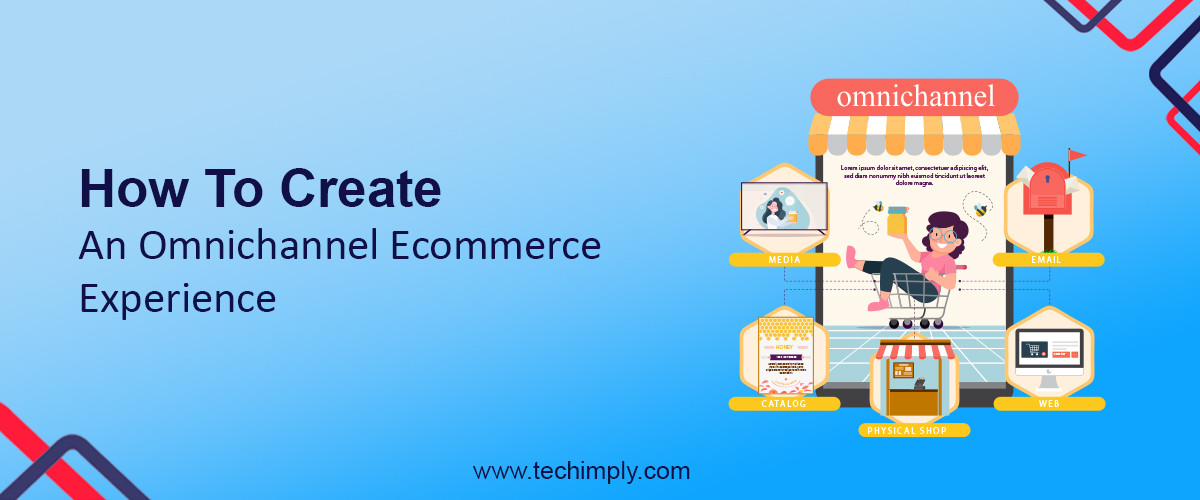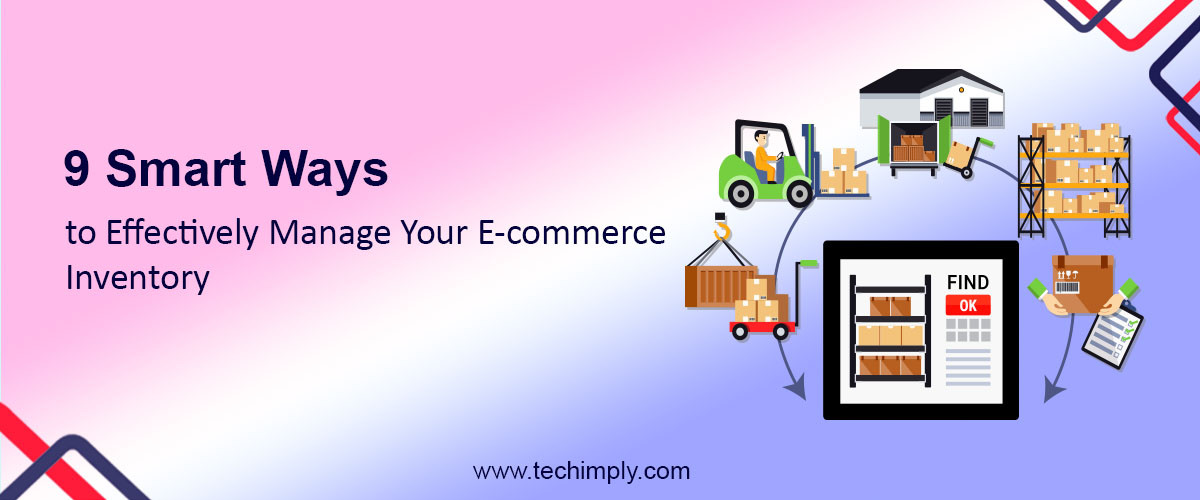Nowadays, consumers rarely confine themselves to a single touchpoint: they research on social media, browse on mobile, shop on desktop, visit physical stores, and expect a seamless transition throughout.
This is where the beauty of an omnichannel ecommerce experience shines, considering all potential touchpoints along the customer journey and ensuring a consistent and interconnected user experience.
As an ecommerce store owner, how can you develop an effective omnichannel experience for your customers? Let’s dive in.
Develop an omnichannel strategy
To grasp the concept of an omnichannel strategy, imagine this: you’re shopping online for a new pair of running shoes.
Here’s how this interaction might play out:
- You start on your mobile during the commute, save a few options for later, and then switch to your laptop at home.
- The site recognizes you, remembers your saved choices, and even recommends similar options based on your browsing history.
- You decide to order a pair, but you want to try them on first. So, you reserve them at a nearby store where they’re ready and waiting. This seamless and personalized shopping experience is what an omnichannel ecommerce strategy is all about.
- Contrary to a multichannel approach where each platform operates in a silo — check out this guide to omnichannel vs multichannel for more insight — an omnichannel strategy acknowledges that your customers interact with your brand in a multitude of ways and ensures that their experience is consistent, personalized, and seamless across every channel.
- It’s not just about being present on every platform, but integrating them in such a way that they work together to enhance each customer’s shopping experience.
Build a customer journey map
To deliver a compelling omnichannel ecommerce experience, you need to understand your customer’s journey from start to finish. This is where customer journey mapping comes into play — it's a visual representation of every experience your customers have with you, and you can create one using a journey mapping template from TheyDo.
A journey map helps you better understand your customer’s needs, desires, and pain points, as well as identify opportunities for engagement across various touchpoints. Looking to build a customer journey map?
Here are some tips:
-
Define your customer personas: Start by understanding who your customers are. What are their demographics? What are their interests and needs? The more detail you can include in your personas, the better.
-
Identify all possible touchpoints: These are the points of interaction your customers have with your brand, encompassing your website, social media, customer service, physical store, and so on.
-
Track the customer journey: Track the path that your customers take from the moment they first example through social media thread comments, through the purchasing process, and beyond. This includes every single interaction they have across all touchpoints.
-
Identify pain points and opportunities: Look at each stage of the journey and ask: Where do your customers struggle? Where can you improve? There could be opportunities for more personalization, improved customer service, or better integration between channels.
With a comprehensive customer journey map, you can ensure that your messaging, branding, and user experience are consistent and personalized across all channels, creating a truly omnichannel ecommerce experience.
Leverage technology and automation
One of the biggest strengths of the omnichannel approach is the ability to harness the power of technology to improve the customer experience. Central to this strategy are chatbots and live chat software, providing 24/7 customer support and acting as vital touchpoints across a number of channels.
Chatbots — powered by artificial intelligence — are becoming increasingly popular due to their ability to provide automated, instant responses to customer inquiries. They’re available round the clock, ensuring customers can find help whenever they need it. Plus, they can learn from past interactions to improve future ones, enhancing the overall customer experience.
Meanwhile, live chat enables real-time, human interaction for customers who need it. While chatbots are excellent for handling simple queries, live chat can tackle more complex issues. It’s a way to build deeper connections and gain a better understanding of customer needs.
What’s more, these technologies can easily be integrated with most ecommerce platforms, requiring little to no coding or software development experience — you can integrate Crisp with WooCommerce, for example, and interact with your customers via various channels such as live chat, WhatsApp, Facebook Messenger, or Instagram.
Develop a mobile-first approach
Did you know that more than half of all internet traffic comes from mobile devices? These consumers expect an experience that’s consistent with what they'd find on desktop or in-store; fail to provide this and you’re unlikely to retain their custom.
This is where a mobile-first approach comes into play. It means designing and optimizing your ecommerce experience primarily for mobile, and then scaling up to larger devices like desktops and tablets. A true omnichannel approach relies on delivering an outstanding mobile experience.
Here are a few tips for designing a website with mobile-first principles:
- Prioritize simplicity. Start with a minimalistic design that focuses on the essentials. Mobile screens have less space, so aim for clean, clear, straightforward designs, avoiding unnecessary elements that make your site look crowded or overly complex.
- Build a responsive layout. Design your site with a fluid grid layout that can easily adjust to any screen size. This is critical for ensuring your site’s accessibility on various mobile devices.
- Optimize for touch. Since mobile devices primarily use touch interfaces, design elements such as buttons and links should be large enough and spaced well apart to be easily tapped with a fingertip. Also, consider swipe and scroll functionalities.
- Prioritize performance. Mobile users expect convenience, reliability, and speed. Optimize images, minify backend code, leverage browser caching, and consider using a content delivery network (CDN) to make your site load faster.
Of course, you may also consider developing a mobile app, which can provide added convenience and a superior user experience, including features such as push notifications, an offline mode, and location-based services. Either way, putting mobile at the heart of your omnichannel strategy is crucial.
Integrate your offline and online channels
Though we live in a digital age, physical stores are far from obsolete. In fact, they often still play a pivotal role in a successful omnichannel strategy — it’s all about finding the right balance and harmony between your online and offline channels.
Strategies such as BOPIS (Buy Online, Pick up In-Store) and ROPO (Research Online, Purchase Offline) have become increasingly popular, leveraging the strengths of both online and offline channels. Customers can enjoy the convenience of browsing and shopping online, coupled with the tangibility and immediacy of in-store shopping.
It’s crucial that these channels don't exist in silos but interact with and complement each other. If a customer reserves a product online, it should be ready and waiting when they arrive at the store. If they need to return an online purchase, they should be able to do so at their local store.
By integrating offline and online channels, you can offer customers the best of both worlds and create a seamless, enriching omnichannel experience.
Harness data and analytics
Within an omnichannel ecommerce strategy, data is your closest ally. Every interaction a customer has with your brand provides valuable data, and collecting and analyzing this data can provide actionable insights into your customers’ behavior, preferences, and needs.
Using these insights, you can deliver a more personalized shopping experience: if a customer often buys eco-friendly products, for instance, recommend similarly sustainable items. If they always shop on their mobile, ensure they receive a top-notch mobile experience. Furthermore, by using predictive analytics software, you can even anticipate their needs and preferences before they do.
This level of personalization can dramatically improve the customer experience, increase engagement, and drive loyalty and retention. Harnessing the power of data and analytics is a vital element of any omnichannel strategy.
Omnichannel is more than a mere buzzword — it represents a fundamental shift in the way businesses interact with their customers. It’s about understanding that the customer journey doesn’t follow a linear path, but is a complex web of interactions across various touchpoints, both online and offline.
By understanding and implementing an omnichannel ecommerce strategy, businesses can provide a seamless, consistent, and personalized shopping experience. This not only improves customer satisfaction but also drives engagement and loyalty. Ecommerce is not one channel — it’s omnichannel.






